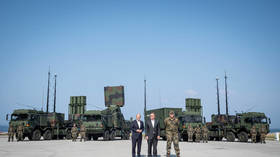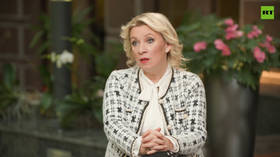Fyodor Lukyanov: How likely is a nuclear exchange over Ukraine?

The ongoing standoff over Ukraine is increasingly becoming a direct confrontation between Russia and NATO, raising serious concerns about the risk of nuclear escalation.
In this new phase, both Moscow and the bloc’s leading members have nuclear capabilities, and how these powers communicate with each other has become crucial. The question is whether sufficient signals are being sent, red lines are being properly marked, and deterrence is being maintained.
During the Cold War, a system of communication was gradually developed, ensuring not only military parity but also mutual understanding. It involved a mix of both public and private communication tools, with an emphasis on discreet political interaction and departmental exchanges between decision-makers. While this system was not perfect, it helped to prevent misunderstandings and manage tensions.
Today, the situation has changed. Confidential communication, once a crucial part of managing nuclear deterrence, has almost completely disappeared. Instead, all signals are being delivered publicly, relying on open statements and media leaks.
This shift makes it harder to ensure that these messages are being correctly understood, and the lack of trust only complicates the matter further. On the Western side, leaks and contradictory statements create a murky picture. In contrast, Russia has chosen to be as direct and official as possible, aiming to avoid ambiguity in its position.
However, whether this approach is effective remains uncertain. Deterrence relies on the credibility of threats. The opposing side must believe that they will be carried out if necessary. Yet, with this approach now in the public eye, decision-makers face additional challenges. Public opinion shapes policy in ways that can limit room for maneuver. Consequently, the risk is that leaders may feel forced to act on their threats, not necessarily because they want to, but to prove that they are credible.
The move to make this conflict a matter of public policy, in the absence of secure backchannel communication, has made deterrence more fragile. Rather than simply signaling their intentions, both sides now face greater pressure to act. This dynamic increases the danger of an accidental escalation, as leaders may feel compelled to carry out their threats to maintain credibility.
The breakdown of private diplomacy and the rise of public threats have made the nuclear balance more precarious than ever. If the current trajectory continues, the risk of escalation will only grow, and the stability that once existed during the Cold War may seem like a distant memory.
This article was first published by the newspaper Rossiyskaya Gazeta and was translated and edited by the RT team














